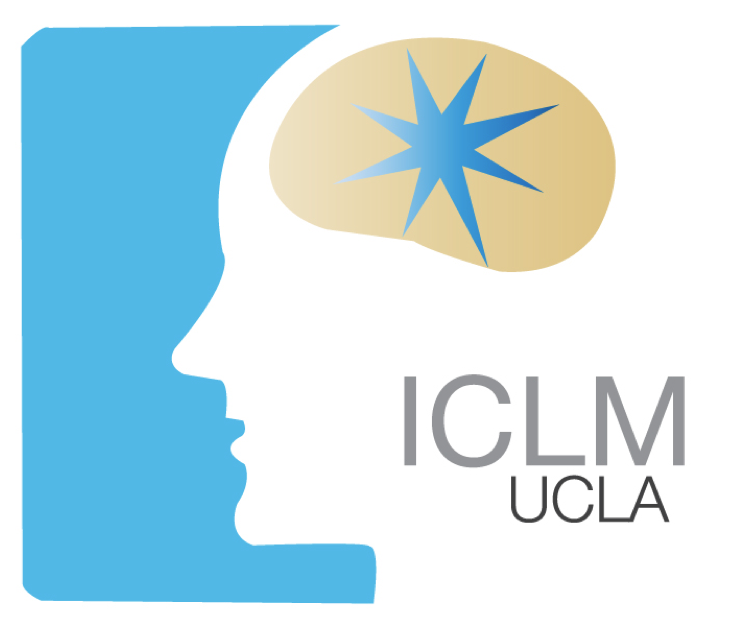Nuclear processes in memory formation
There is a large amount of evidence that demonstrates the importance of synaptic mechanisms in memory formation and storage. However, there is a growing body of data that indicates that memory involves a number of other processes, including changes in the nucleus of neurons. The Glanzman lab uses Aplysia (depicted in the picture above) as a model system, a marine slug with simple behaviors and large neurons ideal for studies of memory. Recent ground breaking studies from the Glanzman lab showed that changes in DNA methylation are critical for memory. In a series of spectacular studies widely covered in the media, the Glanzman lab showed that untrained Aplysia injected with the RNA from trained Aplysia exhibited evidence of training (enhanced withdrawal reflex) without any actual behavioral training. These provocative findings are a compelling example of a new generation of memory studies that are pushing the field beyond synaptic mechanisms
Reference:
Bedecarrats, A., Chen, S., Pearce, K., Cai, D. & Glanzman, D. L. RNA from Trained Aplysia Can Induce an Epigenetic Engram for Long-Term Sensitization in Untrained Aplysia. eNeuro 5, doi:10.1523/ENEURO.0038-18.2018 (2018).
Media coverage of this study:
NY Times
BBC
CNN
Scientific American
Guardian
Science News
Newsweek
Smithsonian
National Geographic
Cosmos Magazine
Science Daily
Canadian Broadcasting Corporation
 I.C. Learning & Memory
I.C. Learning & Memory